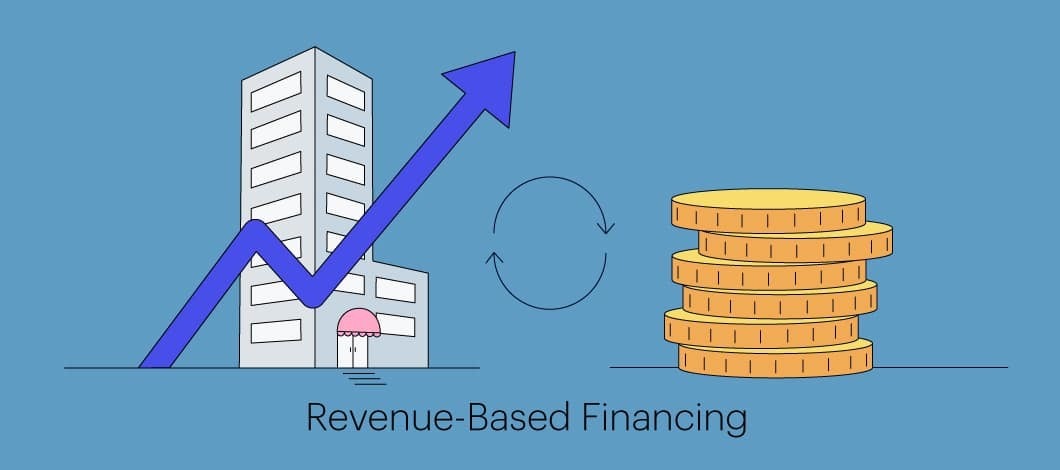Cash flow can be the lifeblood of subscription-based businesses, but traditional funding methods often don’t align with the unique revenue models these businesses rely on. When your income is predictable yet staggered, securing growth capital without giving up equity or taking on rigid debt can feel like an uphill battle. That’s where revenue based funding steps in.
Unlike conventional loans, revenue based funding adapts to your business’s income. You repay a percentage of your monthly revenue, meaning payments flex with your cash flow. For subscription-based businesses, this approach provides the breathing room needed to scale without compromising stability. It’s a funding model designed to grow with you, not against you.
If you’re looking for a smarter way to fund your business while staying in control, revenue based funding could be the game-changer you’ve been waiting for. Let’s explore why it’s becoming a go-to solution for businesses like yours.
What Is Revenue Based Funding?
Revenue based funding provides businesses with capital in exchange for a percentage of their monthly revenue. This adaptable model aligns repayment with your income, letting you focus on growth while managing financial demands.
Key Features Of Revenue Based Funding
This model involves revenue-linked repayments rather than fixed amounts. It enables flexibility, scaling with your earnings. There’s no dilution of ownership, letting you retain control. Approval relies on revenue potential rather than credit scores, making it accessible to subscription-based companies. Funding amounts often range from £10,000 to £1 million based on monthly revenue.
How It Differs From Traditional Financing
Revenue based funding ties repayments to actual earnings, while traditional loans usually demand fixed schedules. Banks might require collateral or impose restrictions, but revenue based options don’t involve such constraints. Instead, the focus shifts to performance metrics like recurring revenue. Traditional financing often comes with interest rates, while revenue based funding avoids this by taking a percentage of income.
Challenges Faced By Subscription-Based Businesses
Subscription-based businesses often encounter unique challenges due to their recurring revenue models, which can impact overall financial health. Addressing these obstacles requires a clear understanding of the underlying issues.
Cash Flow Management
Maintaining smooth cash flow is critical but unpredictable revenue patterns can disrupt stability. Monthly fluctuations might arise from customer churn, delayed renewals or seasonal demand changes. Expenses such as software, marketing and salaries create constant pressure on reserves. Without predictable income, meeting these obligations can become difficult. Addressing this depends on maintaining a balance between customer acquisition costs and subscription renewals.
Scaling And Growth Constraints
Scaling effectively can require significant investment in areas like technology upgrades, hiring or marketing. However, traditional funding methods often fail to align with recurring revenue streams and may limit growth potential. Long sales cycles or low initial subscription fees can hold back reinvestment. These limitations might hinder access to resources essential for entering new markets or expanding existing operations, slowing progress when opportunities arise.
Benefits Of Revenue Based Funding For Subscription-Based Businesses
Revenue based funding offers distinct advantages for subscription-based businesses. Through tailored repayment methods and equity retention, this model enables sustainable growth and financial stability.
Flexible Repayment Terms
With revenue based funding, repayment aligns with your earnings. A fixed percentage of your monthly revenue determines payments, reducing financial strain during slower months. If your income fluctuates due to seasonal demand or customer churn, this adaptability ensures cash flow remains steady. Unlike rigid loan schedules, this funding model lets you manage resources effectively while meeting repayment obligations.
Supporting Business Growth
Access to growth capital through this approach accelerates expansion. You might scale operations, enhance customer acquisition, or invest in technology upgrades—all without compromising daily expenses. As repayments adjust to your earnings, you can prioritise reinvestment during periods of increased revenue. By tying capital directly to success, revenue based funding supports strategic initiatives while minimising risks during unpredictable economic shifts.
No Equity Dilution
Unlike equity financing, this funding model allows you to retain full ownership. You don’t surrender shares or involve stakeholders in decision-making, preserving your control. Maintaining equity ensures you focus on building long-term value while growing at your desired pace. If safeguarding your business’s independence is vital, revenue based funding aligns with this objective, keeping your vision intact without external pressures.
How To Qualify For Revenue Based Funding
Qualifying for revenue based funding requires meeting specific criteria tailored to recurring revenue models. Lenders assess your business performance and growth potential to determine eligibility.
Revenue Requirements
Your business’s ability to meet revenue thresholds is crucial. Monthly recurring revenue (MRR) often serves as a benchmark, with many providers requiring a minimum of £10,000. Consistent revenue generation indicates financial stability and reduces perceived risk for lenders. Businesses with predictable income streams are more likely to secure funding. If you’re scaling, a solid revenue base can demonstrate readiness to handle repayments aligned with growth.
Subscription Metrics And Performance
Subscription metrics provide insights into your business health. Metrics like customer retention rate, average revenue per user (ARPU), and churn rate are key indicators lenders evaluate. High retention and ARPU with low churn reflect stable performance and growth capacity. Strong subscription management, alongside scalable processes, suggests your operation can effectively sustain revenue based funding terms, showing lenders you’re equipped to succeed financially.
To Conclude
Revenue based funding offers a tailored solution for subscription-based businesses figuring unique financial challenges. By aligning repayments with your revenue, it provides the flexibility to scale operations without jeopardising your cash flow or ownership.
This funding model empowers you to focus on growth while managing financial demands effectively. If your business thrives on recurring revenue, exploring revenue based funding could be the key to unlocking sustainable success.





